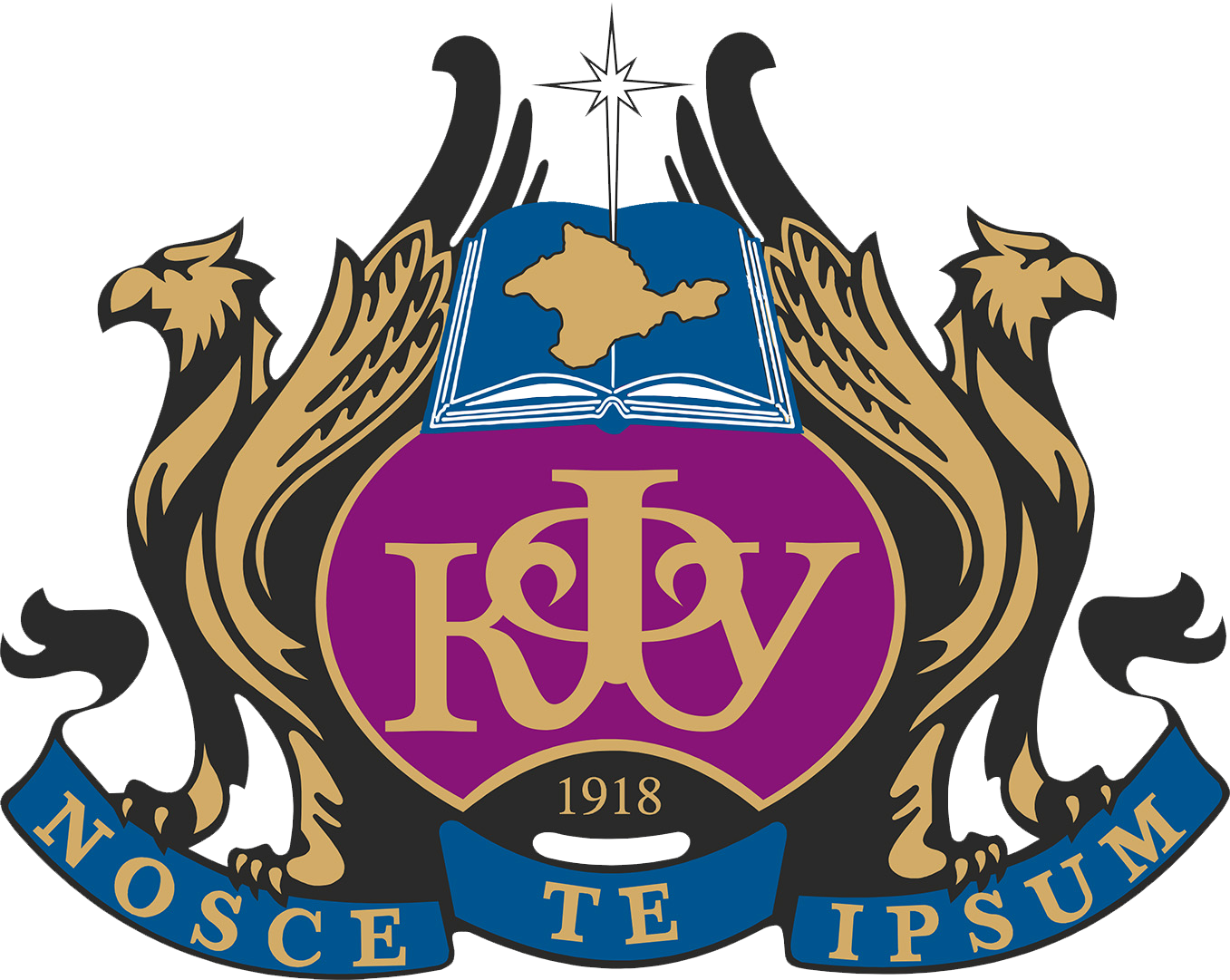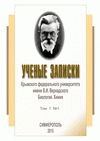The article presents the results of a study comparing the morphology of particles, adsorption capacity, and photocatalytic efficiency of wide-bandgap semiconductors, using chemically pure zinc oxide and its iron(III) ion-modified heterostructures as examples. The material under investigation was obtained through ultrasonic dispersion of chemically pure zinc oxide in a solution of iron(III) salt. The metal oxide, in the form of a crystalline substance, contains a doping level of iron at 0.24 % by weight of the cationic component. The influence of particle size on the adsorption capacity of the material was investigated. The particle size of the initial zinc oxide was determined using sedimentation analysis. The study of photocatalytic activity was conducted based on model systems, where the degradable substance was the azo dye methyl orange, and the photoactive substrate was the ZnO/Fe heterostructured material. The unmodified zinc oxide served as a comparison sample. Natural and artificial radiation sources with various spectral characteristics (λ=365 nm, λ=254 nm) were used for photo-initiating the reaction. Sedimentation analysis of the composite material allowed for the determination of the presence of micro-sized particles (10-6). Additionally, laser diffraction studies showed that the modified ZnO/Fe material has a particle size nearly 18 times smaller than that of the initial ZnO. Prolonged ultrasonic dispersion of the ZnO sample in the iron(III) salt solution led to a reduction in particle size but did not affect its adsorption capacity. ultraviolet-visible spectroscopy revealed that the ZnO/Fe heterostructural material is an active photocatalyst when exposed to light in the range of 250–650 nm, exhibiting the highest photocatalytic activity in the range of 254–380 nm. It was found that the longer the system is exposed to radiation, the more effective the dye degradation process becomes. The maximum degree of photodegradation was achieved after one hour of exposure of the modified metal oxide and methyl orange system to radiation at λ=254 nm, with the parameter value reaching 18 % without accounting for adsorption.
adsorption, zinc oxide, doping, photocatalysis
1. Vieno N. M. Occurrence of Pharmaceuticals in River Water and Their Elimination in a Pilot-Scale Drinking Water Treatment Plant / N. M. Vieno, H. Hdrkki, T. Tuhkanen, L. Kronberg // Environ. Sci. Technol.
2. Chuan'si Ya. Mayczin' Guan Cuyhua Damen' Cin Cun Chzhe Shi Pyan' Czunshu Kayshi [Chtoby sdelat' shag v mir fotokataliza, nachnite s etih desyati obzorov] [Elektronnyy resurs] / Ya. Chuan'si
3. Patent 103831093A KNR, MPK: 801J 23/06(2006.01), 801J 23/80 (2006.01), 002F 1/30 (2006.01).A kind of Zinc oxide-base composite photocatalyst nano material and preparation method thereof / Qiao R., Yin Q.,





